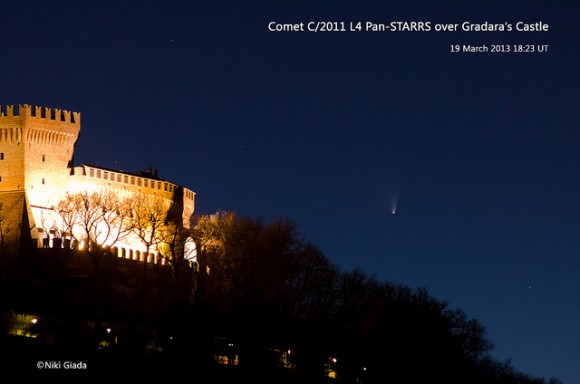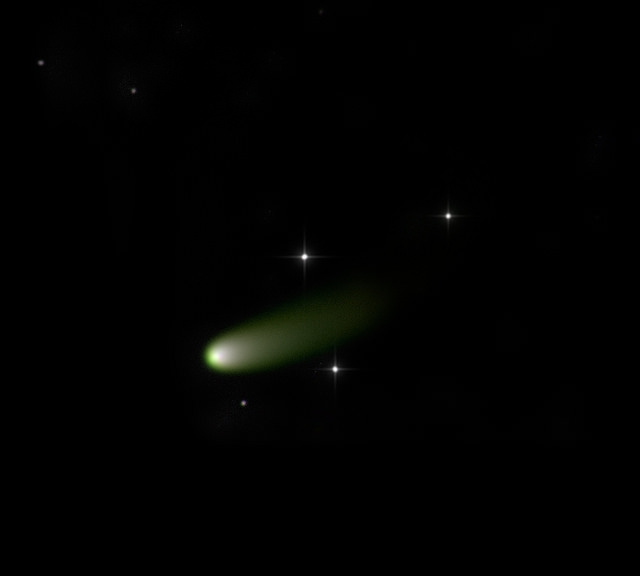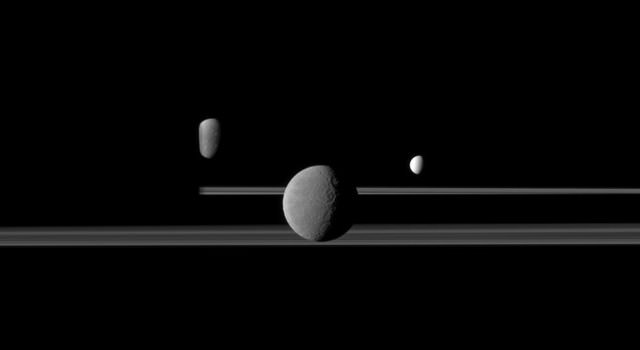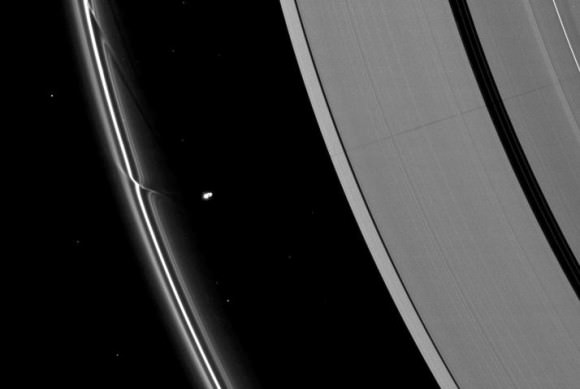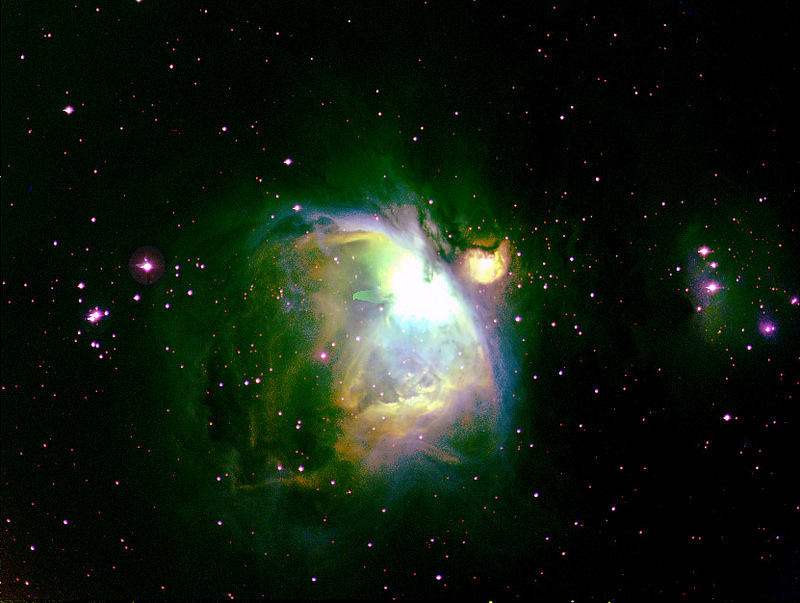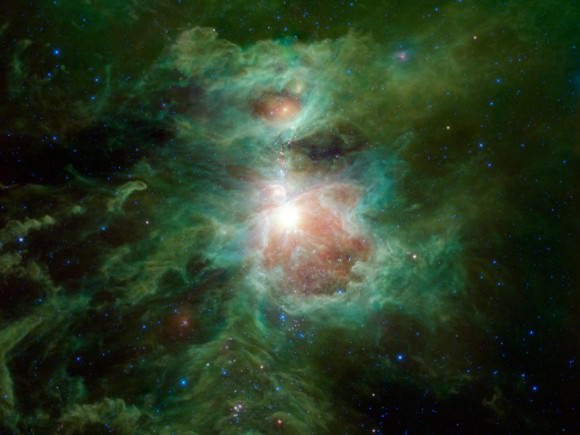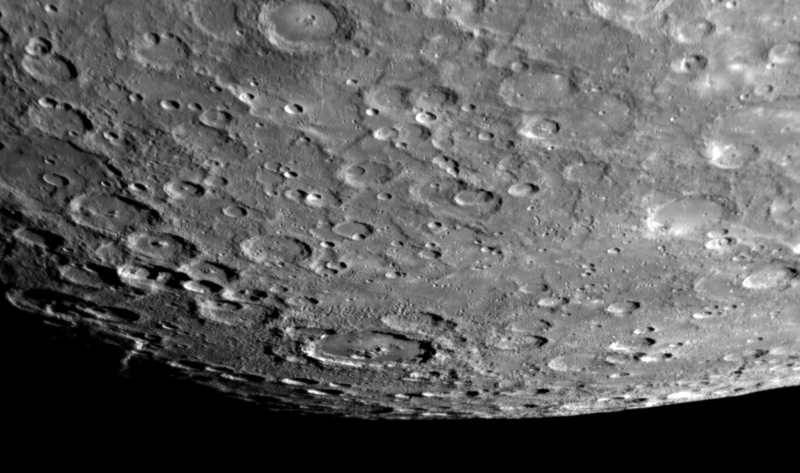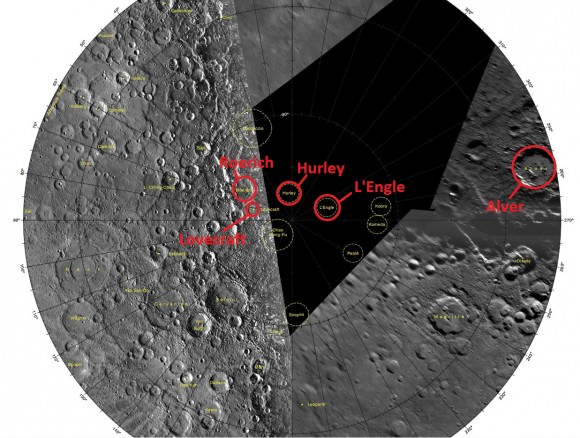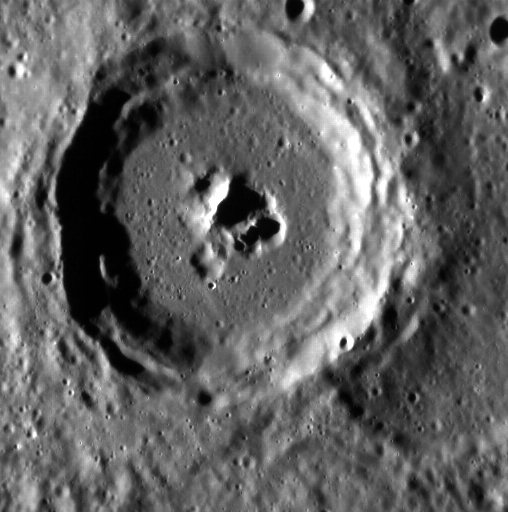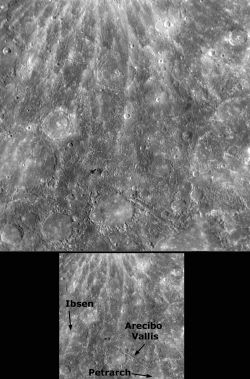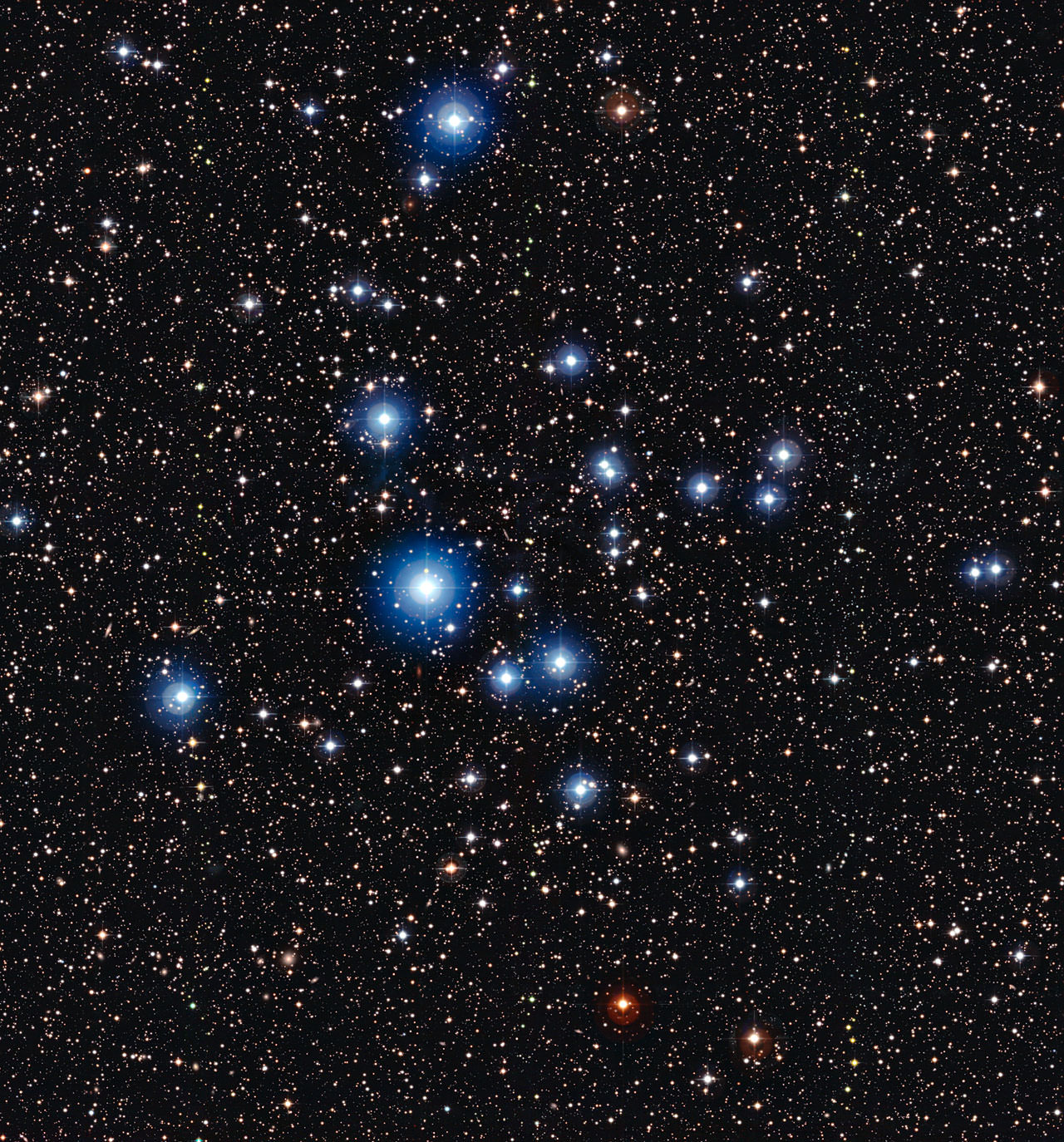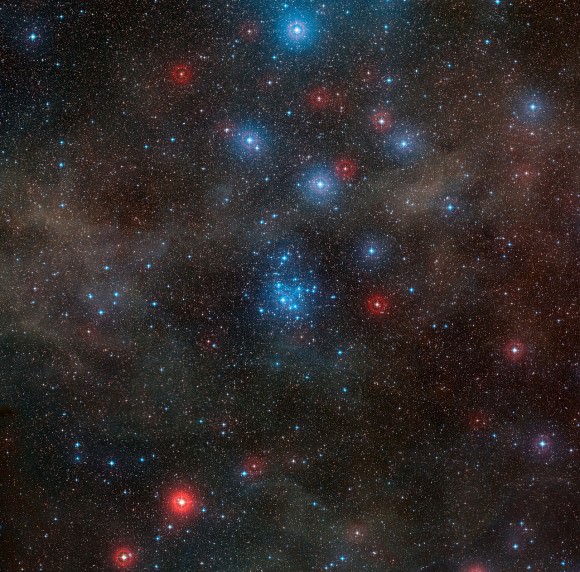Get ready for an comet encounter of the extragalactic kind. In less than a week, Comet PANSTARRS will slide by the Andromeda Galaxy, the brightest galaxy visible in northern hemisphere skies. On and around that date, you’ll be able to see them both glowing softly together in late evening and early morning twilight.
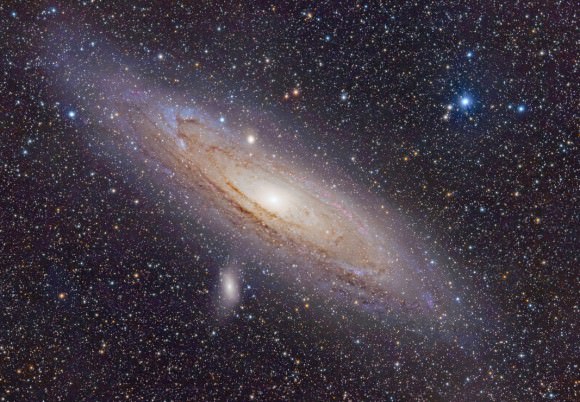
Their apparent proximity if of course pure sleight of hand; the comet will be a mere 121 million miles (195 million km) from Earth on that date compared to Andromeda’s 2.5 billion light years. For what it’s worth, 121 million miles (195 million km) equates to 0.00002 light years. Let’s just say they’re WAY far apart in reality. Their juxtaposition will make for enjoyable binocular viewing as well as offer astrophotographers an opportunity to create a classic image.
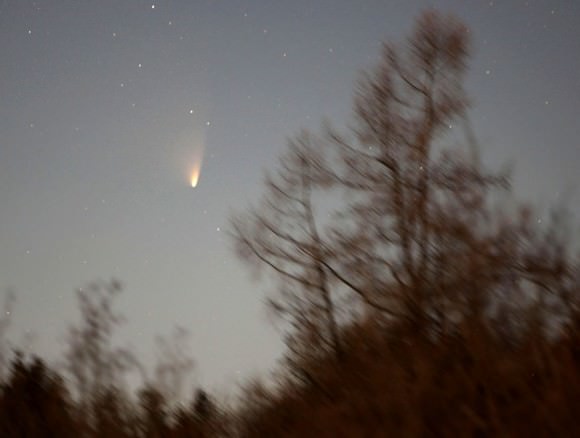
Last night under the clearest of skies I easily found Comet C/2011 L4 PANSTARRS in the constellation Andromeda about 15 degrees above the horizon an hour after sunset. Twilight was still a factor as was the rising full moon. That’s probably why the comet remained at the very limit of naked eye vision. Binoculars – I use 10x50s – clearly showed the comet’s bright parabolic head and two degrees (four full diameters) of tail streaming up and to the right.
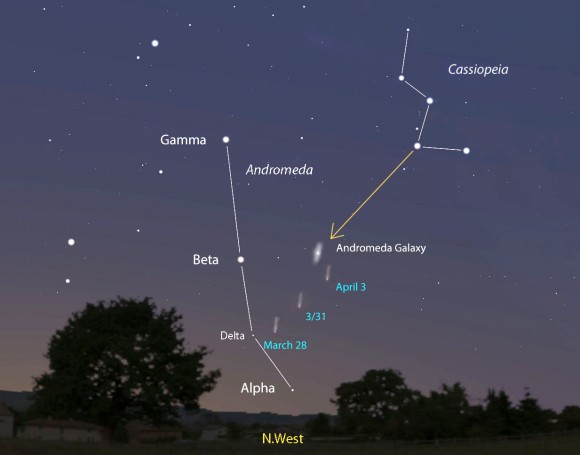
The comet has faded considerably since it first emerged into the evening twilight three weeks ago. Its head now shines around magnitude 3.5 and is noticeably fainter than the stars of the Big Dipper. As compensation, PANSTARRS is now easier to find, since it’s both higher up in the sky and near a string of moderately bright stars in the constellation Andromeda.
PANSTARRS treks northward through Andromeda en route to the W of Cassiopeia in the next two weeks. It won’t be long before the comet becomes circumpolar and remains visible all night long. The term refers to celestial objects that circle around the pole star without setting. The Big Dipper is the most familiar circumpolar constellation for much of the U.S. and Canada.
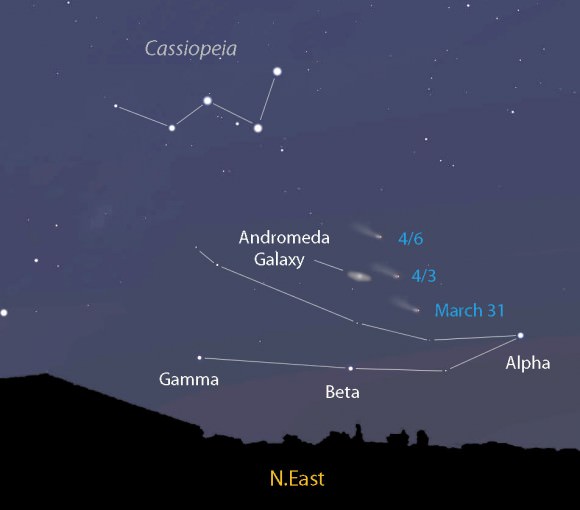
On its journey to all-night visibility, PANSTARRS started pulling a double-shift this week. You can now see it both at dusk and at dawn. Although a bright moon will compromise the dawn view for a few days, you can watch for the comet low in the northeastern sky starting about hour and 15 minutes before sunrise. For the moment, it’s about the same altitude above the horizon during both morning and evening hours. Evening is still preferred only because the bright moon has finally departed the sky during the hour or so the comet is visible.
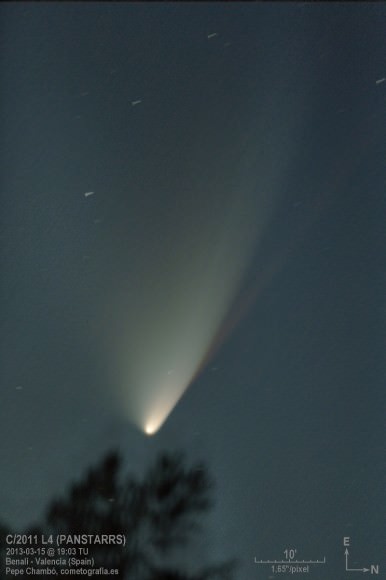
Through my 15-inch telescope last night, PANSTARRS’ head held a brilliant topaz gem – the false nucleus. This tiny ball of bright, fuzzy light contains the icy comet itself, hidden behind a fury of its own dust and vapor boiled off by the sun’s heat.
Here’s some additional images and videos of PANSTARRS that Universe Today has received from readers:
Zlatan Merakov created this timelapse from images he took on March 20 from Smolyan, Bulgaria.
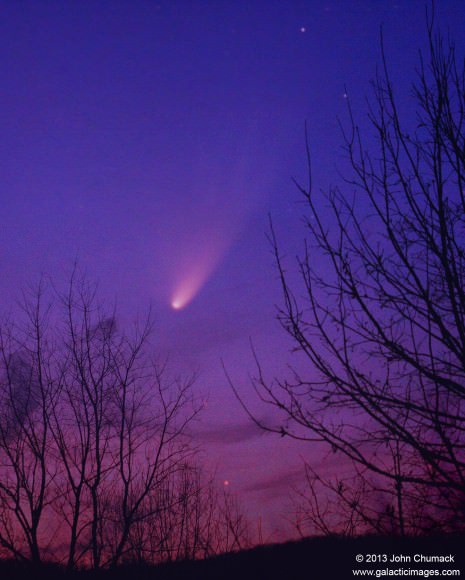
Modified Canon Rebel Xsi DSLR
30 second exposure, ISO 1600, University Optics 80mm F6 Refractor (600mm). Credit and copyright: John Chumack.
